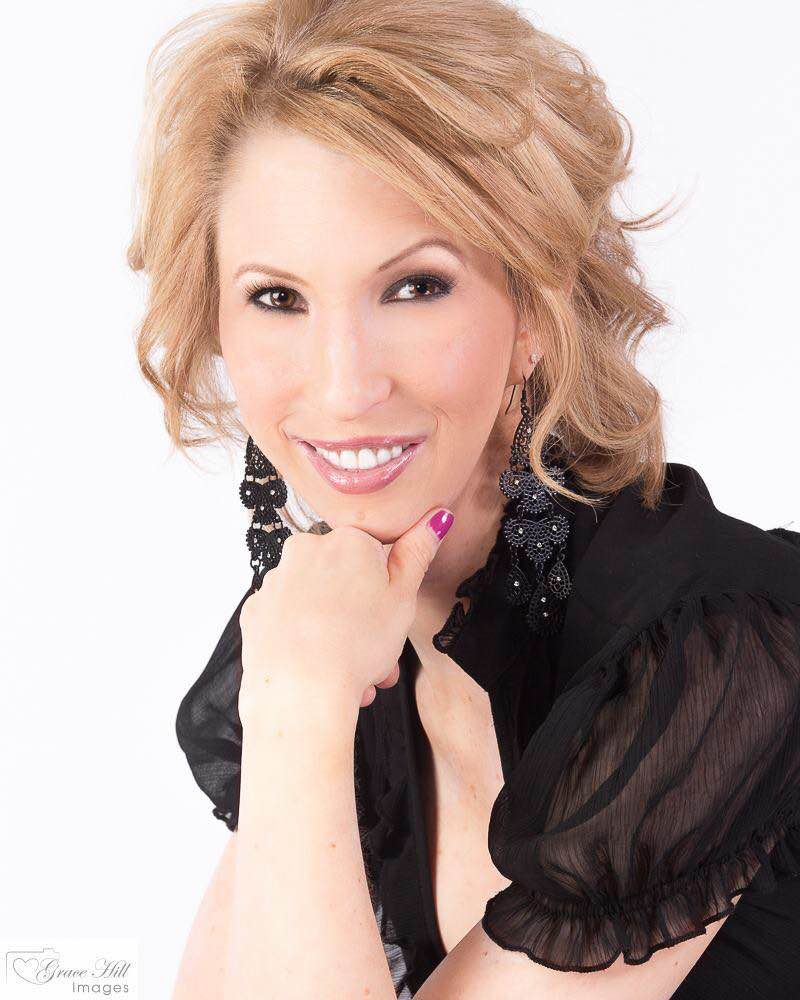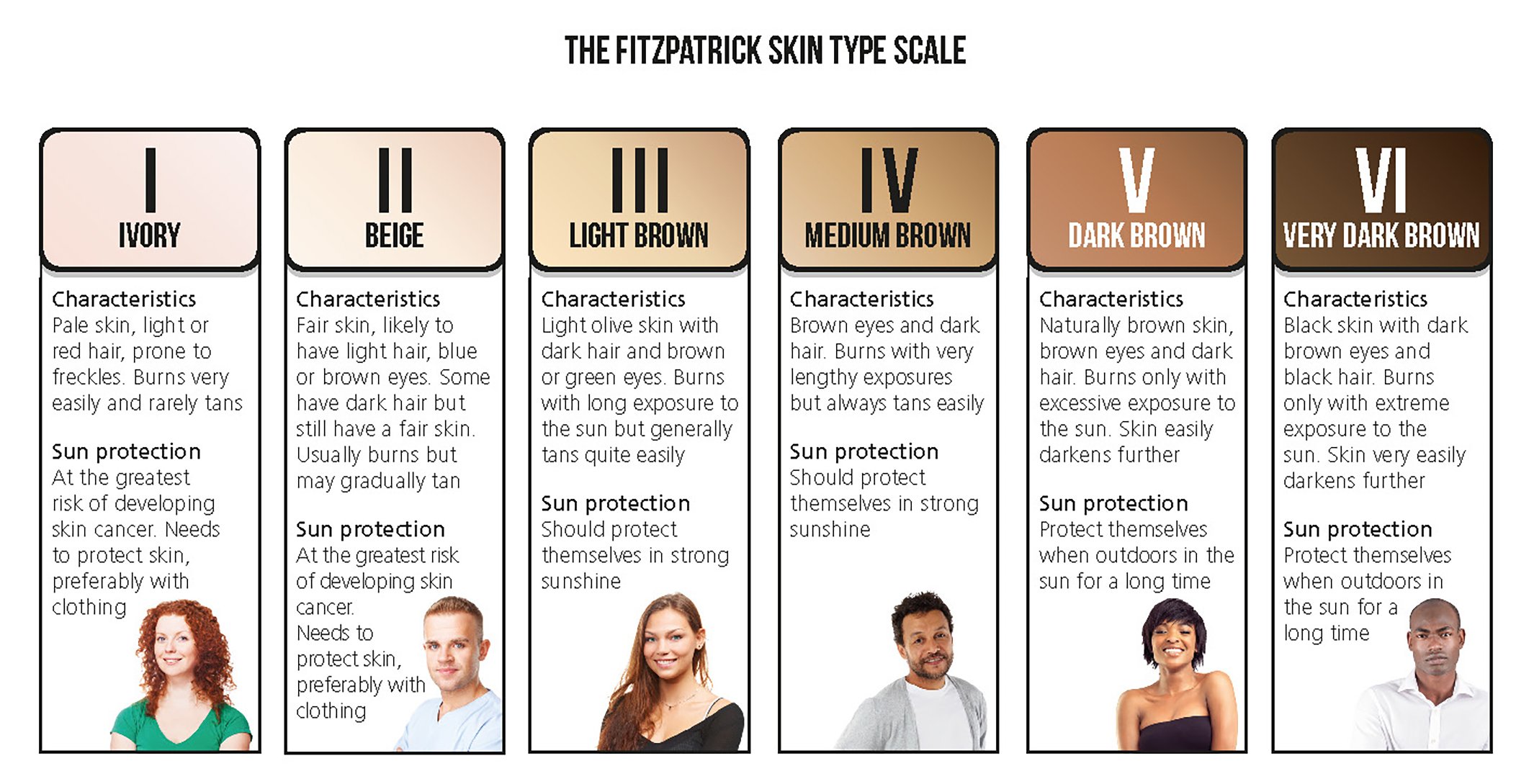Hey NFED family! I have been asked to use my knowledge based in skin to offer you all some information about what SPF is and why it is important!
As we all know, ectodermal dysplasia affects each of us differently. Not only do we have the unique issues that ectodermal dysplasias present, but we are also unique individuals aside from ectodermal dysplasia.
First and foremost, this is general information applicable for most people. Obviously those with different skin or medical conditions (skin erosions, shingles, lesions, etc.) need to seek further consultation with their doctors to discuss the appropriate course of action.
I am a licensed esthetician and NOT a doctor or dermatologist. The information below comes from my education while in esthetics school, various articles and videos I’ve watched about skin and SPF and my experience working in the profession.
What exactly is SPF and why is it so important?
SPF is an acronym for Sun Protection Factor and is a measure of how well the sunscreen will block the UVB rays from affecting or burning our skin. UVB rays are the Ultra Violet (non visible rays that exist beyond the visible light spectrum) rays that cause damage to our skin, cause burning and contribute to the development of skin cancer.
Sunscreens range in strength ranging from 15 -100. The truth about the number behind the letters SPF is that they offer a general guideline for how much protection from UVB rays your skin is getting.
For example:
• it takes approximately 10 minutes in the sun for unprotected skin to begin to show signs of damage (burning) by UVB rays
• applying and SPF 15 means you can stay in the sun 15 times longer (150 minutes) before the UVB rays begin burning the skin
• applying SPF 30 means you can stay in the sun 30 times longer (300 minutes) before the UVB rays begin burning the skin.
These guidelines vary based on the existing pigment within a person’s skin, the intensity of the sun, medications that increase sun sensitivity, time of year and the AMOUNT of SPF used. Most people significantly under apply the amount of sunscreen recommended.
By under applying SPF, you are decreasing the effectiveness of the SPF therefore shortening the time you can be exposed to the sun before the UVB rays begin to cause damage.
So if you want to protect your skin from UVB rays, you should use an SPF of 75 or 100 right? WRONG!
SPF over 50 has been shown to offer little to no additional protection and exists almost only as a marketing ploy to make money and offer a false sense of confidence in consumer consumption.
The scale of protection looks something like this:
SPF 15 = blocks 93% of UVB rays
SPF 30 = blocks 97% of UVB rays
SPF 50 = blocks 98% of UVB rays
You can see the jump between 15 and 30 is significant, but between 30 and 50 is not. The jump between 50 and 75 or 100 is even less.
Most experts agree that an SPF of 15 is the MINIMUM people should wear on a daily basis. Yes, you read that right, DAILY. Rain or shine, snow or sleet.
If the sun is in the sky, there are UVB rays penetrating our atmosphere and causing damage to our skin. If you are intentionally spending time in the sun (beach, baseball, swimming etc) an SPF of 30 or 50 is recommended.
Re-application is important to maintain all day long protection. Therefore, whenever you have spent more time in the sun than the SPF allowance, reapply. Whenever you have gone swimming and wiped off most of the SPF when drying off, reapply. Whenever you have been sweating (for those who can) and wipe off the SPF, reapply!
GREAT! So you are wearing your SPF 15, 30 or 50 daily, you reapply as needed so you are completely protected from the sun right? WRONG. UVB rays are only one of 3 forms of UV rays that affect our skin.
UVA, UVB and UVC rays all are expelled from the sun and come rushing down toward earth. Most UVC rays are burned up within our atmosphere before they get within range of our skin.
UVA and UVB rays impact every single human being every single day irregardless of their age, race, location or income. One of my favorite explanations of the difference between UVA and UVB comes from The Skin Cancer Foundation‘s website:

Most of us are exposed to large amounts of UVA throughout our lifetime. UVA rays account for up to 95 percent of the UV radiation reaching the Earth’s surface. Although they are less intense than UVB, UVA rays are 30 to 50 times more prevalent.
They are present with relatively equal intensity during all daylight hours throughout the year, and can penetrate clouds and glass. UVA, which penetrates the skin more deeply than UVB, has long been known to play a major part in skin aging and wrinkling (photoaging), but until recently scientists believed it did not cause significant damage in areas of the epidermis (outermost skin layer) where most skin cancers occur.
Studies over the past two decades, however, show that UVA damages skin cells called keratinocytes in the basal layer of the epidermis, where most skin cancers occur. (Basal and squamous cells are types of keratinocytes.) UVA contributes to and may even initiate the development of skin cancers.
UVA is the dominant tanning ray, and we now know that tanning, whether outdoors or in a salon, causes cumulative damage over time. A tan results from injury to the skin’s DNA; the skin darkens in an imperfect attempt to prevent further DNA damage. These imperfections, or mutations, can lead to skin cancer.
Tanning booths primarily emit UVA. The high-pressure sunlamps used in tanning salons emit doses of UVA as much as 12 times that of the sun.
Not surprisingly, people who use tanning salons are 2.5 times more likely to develop squamous cell carcinoma, and 1.5 times more likely to develop basal cell carcinoma. According to recent research, first exposure to tanning beds in youth increases melanoma risk by 75 percent.
“UVB, the chief cause of skin reddening and sunburn, tends to damage the skin’s more superficial epidermal layers. It plays a key role in the development of skin cancer and a contributory role in tanning and photoaging. Its intensity varies by season, location, and time of day. The most significant amount of UVB hits the U.S. between 10 AM and 4 PM from April to October. However, UVB rays can burn and damage your skin year-round, especially at high altitudes and on reflective surfaces such as snow or ice, which bounce back up to 80 percent of the rays so that they hit the skin twice. UVB rays do not significantly penetrate glass.” https://www.skincancer.org/prevention/uva-and-uvb/understanding-uva-and-uvb
By now you are probably saying something, “How do I protect myself from UVB AND UVA rays?”
You want to use a sunBLOCK instead of or as well as a sunscreen. Many people use the words sunscreen and sunblock interchangeably, however there is a BIG difference between the two.
Sunscreens are a mixture of chemical protection that is absorbed into the skin and “screens” the UVB rays before they are able to damage the cells. But sunscreens cannot protect against UVA rays.
Sunblocks provide an actual physical block between your skin and the UVA/UVB rays. They rest on the surface of the skin and literally bounce, scatter or reflect the rays before they reach your skin.
The most common sunblocks are titanium dioxide and zinc oxide. Most people think these are passe and silly looking as they are difficult to absorb into the skin and often leave a white film over the skin.
However there are sunblocks that do absorb and do a great job. Many SPFs on the market offer a blend of sunscreen and sunblock. You’ll want to look for something that says broad spectrum UVA/UVB protection. Ideally they will include titanium dioxide and or zinc oxide.
If you ask me, I’ll take a little white film on my face or body for a few hours over scares for the rest of my life from having skin cancer removed!
Some people may be saying, “This doesn’t apply to me because I have darker skin or I am naturally tan!” WRONG!
Simply because someone is of a darker complexion, does NOT mean damage is not being done. Skin ranges in color from light to dark. In the esthetics and dermatological world we classify skin into 6 categories on what is called the Fitzpatrick Scale:
Just because a Fitzpatrick 6 doesn’t BURN, that does not mean that damage is not happening on the cellular level. It is not as common as someone with a Fitzpatrick of 1 or 2, but it can and does happen.
The problem when it does happen in someone with a darker Fitzpatrick is that because they naturally have darker skin, it is more difficult to detect changes in the skin until the circumstances are significantly more serious. I educate ALL of my clients to simply protect themselves daily and by doing so they SIGNIFICANTLY reduce their risk!
The topic of what is SPF and why is it important is a leading question in that is leads into so many other topics that are all related. So to save time for you and for me here is the bottom line!
• Wear your SPF DAILY 365 not matter what your age or race or geographical location!
• Reapply every 2 hours for continued protection.
• Don’t forget your ears, hands and head! A lot of skin cancer happens on ears, hands and heads because people forget these areas.
• Use a broad spectrum UVA/UVB SPF.
• Tanning beds are NOT GOOD FOR YOU ever never ever never ever!
• There is NO SUCH THING as a “base” tan or a “safe” tan – once the skin changes pigment or “tans” the damage has or is being done to the skin.
• Have a yearly body check performed by a dermatologist to help detect skin cancer early.
• Follow the ABCD’s for skin growth/freckles/moles:
A – Asymmetrical? If so, that might be a sign you need it checked
B – Border – does it have a clean, sharp border? If so great! If not and it has a blurry or fuzzy looking border, it might be a sign you need it checked
C – Color – is it all one color? Great! If not, if it is multi color or light brown on one side and really dark brown on the other, you may need to get it checked.
D – Diameter – anything larger than a pencil eraser needs to be checked.
If you have a patch that is red, flaky, bleeds or doesn’t go away, have it checked.
See a licensed, professional and knowledgeable esthetician monthly for facials because they can help track changes in your skin and answer more person or detailed questions you may have!
Editor’s Note:
Lindsay Harris has been a licensed esthetician for 5 1/2 years and a professional makeup artist for over 15 years. She owns and operates Serene Dreams Esthetics, in Plano, TX.
Other NFED Blogs to Check Out:
Keeping My Cool in Heated Situations
Cool Activities for a Hot Summer
My Story



[…] Sun Protection […]
[…] Sun Protection […]
[…] Sun Protection […]